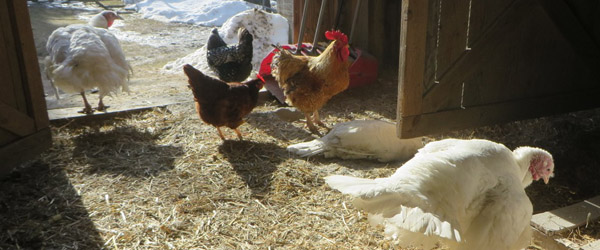The Good, the Bad, and the Ugly
 Musings on James James McWilliams’ book “The Modern Savage”
Musings on James James McWilliams’ book “The Modern Savage”
By Safe Haven Volunteer Deborah Schwartz
Knowing I am vegan, many of my acquaintances talk about food they have made or purchased with some version of: “This is organic, free-range, local, humanely-raised, artisanal, and family-farmed … [beef, chicken, egg, milk, a.k.a. dead animal or animal fluid of choice].”
The Good
On the one hand, this kind of comment sounds hopeful to me. It means the speakers are conscious of the origin their food and, perhaps even a bit apologetic or defensive about their choices. At some level, they know the food on their plate was once a living animal and they have compassion for the sentient beings that they are now eating. They were willing to pay a bit more for their food in the belief that the extra money spent gave the dead animal a better life than the animal’s brethren on factory farms.
The Bad
On the other hand, the flesh on my acquaintances’ plates is still from an animal who was killed way before living a natural lifespan. Even if the food is an animal fluid (aka “feminized protein” such as milk or eggs) from a cow, a goat, or a chicken, there are still the ethical questions:
- What happened to all the male babies with no economic value? (Up to 250 million baby male chicks are suffocated, ground-up alive, or killed in some other horrible way for the simple reason that they are male.)
- What kind of suffering occurred when babies were taken from mothers and when mothers’ bodies are no longer able to reproduce? (Mother cows wail, often for days, when their calves are taken from them; they have been known to jump over fences to get to their babies.)
- What happens to these mothers once their bodies are worn out and they are no longer able to produce milk or eggs?
The Ugly
Blogger James McWilliams has recently published a wonderful book, “The Modern Savage: Our Unthinking Decision to Eat Animals.” He describes many of today’s food writers, such as Michael Pollan and Mark Bittman, as writing eloquently about the value and sentience of farm animals but then concluding it is okay to eat animals as long as they are “organic, humanely-raised, local, artisanal, and family-farmed.” This is the “omnivore’s contradiction” – an apparent concern by economically-secure consumers for the welfare of animals. After paying a bit more for their food,these are consumers who picture happy animals frolicking in green pastures until facing that one, last, bad day of slaughter.
After visiting many small farms, reading backyard farmers’ blogs, and researching what actually happens to animals sold under these labels, McWilliams makes a convincing case that this is simply a marketing tactic to get higher prices. He writes:
- All animals used for food are slaughtered before the end of their natural lifespan (for example, chickens at 45 days rather than up to 30 years in their natural environment).
- These humanely raised animals are usually slaughtered at the same abattoirs as factory-raised animals, facing the same horrors.
- When humanely-raised animals are slaughtered in the backyard, the executioners’ blogger accounts show even more suffering from botched executions than from factory slaughter houses.
- These animals are still disfigured to keep their economic value high: castration without anesthesia, cutting off beaks and toes, nose rings, etc. Their imagined lives on happy farms with green pastures are not-so-carefree.
- The labels are meaningless and not enforced. A chicken can be called “free range” as long as it has access to the outdoors consisting of one small window in an enclosure containing thousands of birds.
It is difficult for me to read about the horrors that we inflict on animals. While McWilliams is a clear, poetic and sometimes amusing writer, there is no disguising the truth of what we do to animals we kill for food. I am glad he is shining a spotlight on practices that come disguised in lovely words to hide the horrors.
